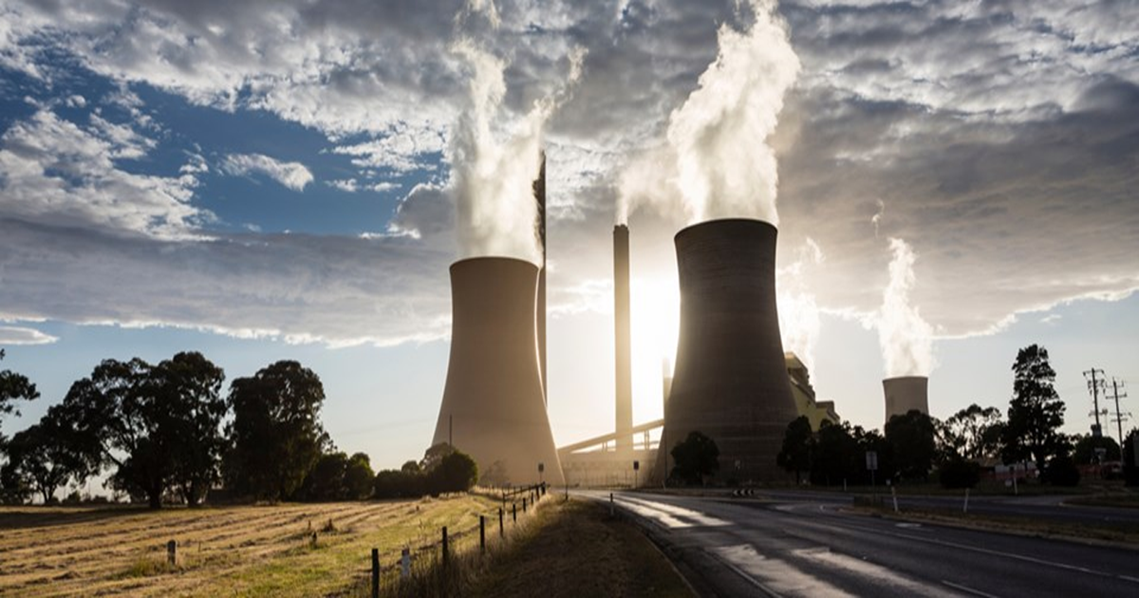Multiple business models key to CCS by 2030–CeraWeek
The emergence of diverse sequestration technologies, supported by incentives such as the US 45Q tax credits, will be essential to widespread adoption
The widespread proliferation of carbon capture and storage (CCS) over the coming decade will depend on a combination of astute government policies and private sector market developments—crucially, reducing costs—a panel of industry experts agreed at CeraWeek yesterday. “Over the next five to ten years… our hope is to see a proliferation of projects with a variety of sources, whether fossil [emissions capture] or direct air capture, and a variety of uses including sequestration or enhanced oil recovery,” said JR Rickertsen, managing director, energy corporate banking, BofA Securities. He noted that the models developed in the US are “very much” based on 45Q tax credits, whereas Europe is taki

Also in this section
28 November 2025
The launch of the bloc’s emissions trading system in 2005 was a pioneering step, but as the scheme hits 21 its impact as a driver of decarbonisation is still open to debate
18 November 2025
Vicki Hollub, president and CEO of Occidental, has been selected as the 2026 recipient of the Dewhurst Award, the highest honour bestowed by WPC Energy. The Dewhurst Award celebrates exceptional leadership, groundbreaking innovation and a lifetime of significant achievements in sup-port of the development and advancement of the energy industry.
11 November 2025
Transition policies must recognise that significant industrial demand for carbon will continue even as economies hit net zero
6 November 2025
After years of pursuing ideologically driven climate leadership, Western powers are now stepping back under mounting political pressure and rising populist opposition—prompting concern essential climate action could be sidelined







